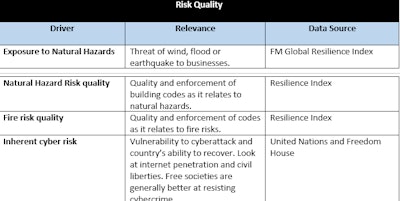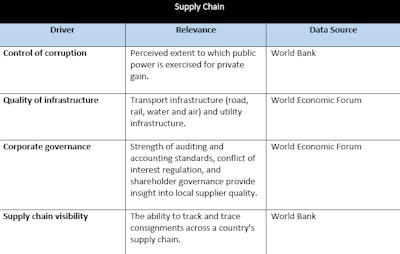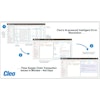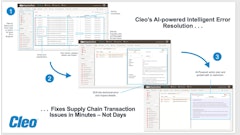
Smart businesspeople heed their gut. Smarter ones validate their gut with data.
This definitely applies to assembling productive supply chains. One’s gut tells you to put your plants and distribution centers near raw materials, important markets, and affordable labor, and then consider costs like real estate, construction, and regulatory compliance.
All important criteria, but none of it reveals how fragile or resilient your supply chain is – that is, whether it’s able to withstand disruptions and keep you in business. Create a fragile supply chain in an otherwise perfect location, and it could cost you dearly in reputation, market share and overall value.
Often you’ll have two or more adjacent countries offering a similar set of resources but different levels of resilience provided by their business environments. You can actually quantify the country-by-country resilience a nation offers – or doesn’t – as you select or evaluate locations of your operations, suppliers or customers.
Here are 12 quantifiable variables that are updated annually. See why each matters, and where you can look for insight on that variable. They’re grouped into three buckets: economy, risk quality and supply chain.



My company has scored and ranked 130 countries and territories by these variables to derive national resilience rankings. The top three most resilient countries on our Resilience Index this year are Norway, Denmark and Switzerland; the bottom three are Ethiopia, Venezuela and, at the bottom, Haiti, though the countries that matter most to your business are sure to be different. It’s worth knowing how they rank.
If you’re ambitious, you can make your own index for the countries you’re looking at, or select a handful of variables (these or your own) and see what you come up with.
The important thing is confirming that your gut has you on the right track by using data to drive your decisions.


















